![基础数论(英文版) [Basic Number Theory]](https://pic.tinynews.org/10184575/af663a0f-1dcd-436b-b472-36efed609e5f.jpg)

具体描述
内容简介
The first part of this volume is based on a course taught at Princeton University in 1961-62; at that time, an excellent set of notes was prepared by David Cantor, and it was originally my intention to make these notes available to the mathematical public with only quite minor changes. Then, among some old papers of mine, I accidentally came across a long-forgotten manuscript by Chevalley, of pre-war vintage (forgotten, that is to say, both by me and by its author) which, to my taste at least, seemed to have aged very well. It contained a brief but essentially com- plete account of the main features of classfield theory, both local and global; and it soon became obvious that the usefulness of the intended volume would be greatly enhanced if I included such a treatment of this topic. It had to be expanded, in accordance with my own plans, but its outline could be preserved without much change. In fact, I have adhered to it rather closely at some critical points.内页插图
目录
Chronological tablePrerequisites and notations
Table of notations
PART Ⅰ ELEMENTARY THEORY
Chapter Ⅰ Locally compact fields
1 Finite fields
2 The module in a locally compact field
3 Classification of locally compact fields
4 Structure 0f p-fields
Chapter Ⅱ Lattices and duality over local fields
1 Norms
2 Lattices
3 Multiplicative structure of local fields
4 Lattices over R
5 Duality over local fields
Chapter Ⅲ Places of A-fields
1 A-fields and their completions
2 Tensor-products of commutative fields
3 Traces and norms
4 Tensor-products of A-fields and local fields
Chapter Ⅳ Adeles
1 Adeles of A-fields
2 The main theorems
3 Ideles
4 Ideles of A-fields
Chapter Ⅴ Algebraic number-fields
1, Orders in algebras over Q
2 Lattices over algebraic number-fields
3 Ideals
4 Fundamental sets
Chapter Ⅵ The theorem of Riemann-Roch
Chapter Ⅶ Zeta-functions of A-fields
1 Convergence of Euler products
2 Fourier transforms and standard functions
3 Quasicharacters
4 Quasicharacters of A-fields
5 The functional equation
6 The Dedekind zeta-function
7 L-functions
8 The coefficients of the L-series
Chapter Ⅷ Traces and norms
1 Traces and norms in local fields
2 Calculation of the different
3 Ramification theory
4 Traces and norms in A-fields
5 Splitting places in separable extensions
6 An application to inseparable extensions
PART Ⅱ CLASSFIELD THEORY
Chapter IX Simple algebras
1 Structure of simple algebras
2 The representations of a simple algebra
3 Factor-sets and the Brauer group
4 Cyclic factor-sets
5 Special cyclic factor-sets
Chapter Ⅹ Simple algebras over local fields
1 Orders and lattices
2 Traces and norms
3 Computation of some integrals
Chapter Ⅺ Simple algebras over A-fields
1. Ramification
2. The zeta-function of a simple algebra
3. Norms in simple algebras
4. Simple algebras over algebraic number-fields . .
Chapter Ⅻ. Local classfield theory
1. The formalism of classfield theory
2. The Brauer group of a local field
3. The canonical morphism
4. Ramification of abelian extensions
5. The transfer
Chapter XIII. Global classfield theory
I. The canonical pairing
2. An elementary lemma
3. Hasses "law of reciprocity" .
4. Classfield theory for Q
5. The Hiibert symbol
6. The Brauer group of an A-field
7. The Hilbert p-symbol
8. The kernel of the canonical morphism
9. The main theorems
10. Local behavior of abelian extensions
11. "Classical" classfield theory
12. "Coronidis loco".
Notes to the text
Appendix Ⅰ. The transfer theorem
Appendix Ⅱ. W-groups for local fields
Appendix Ⅲ. Shafarevitchs theorem
Appendix Ⅳ. The Herbrand distribution
Index of definitions
前言/序言
The first part of this volume is based on a course taught at PrincetonUniversity in 1961-62; at that time, an excellent set of notes was preparedby David Cantor, and it was originally my intention to make these notesavailable to the mathematical public with only quite minor changes.Then, among some old papers of mine, I accidentally came across along=forgotten manuscript by Chevalley, of pre-war vintage (forgotten,that is to say, both by me and by its author) which, to my taste at least,seemed to have aged very well. It contained a brief but essentially com-plete account of the main features of classfield theory, both local andglobal; and it soon became obvious that the usefulness of the intendedvolume would be greatly enhanced if I included such a treatment of thistopic. It had to be expanded, in accordance with my own plans, but itsoutline could be preserved without much change. In fact, I have adheredto it rather closely at some critical points.To improve upon Hecke, in a treatment along classical lines of thetheory of algebrai~ numbers, would be a futile and impossible task. Aswill become apparent from the first pages of this book, I have rathertried to draw the conclusions from the developments of the last thirtyyears, whereby locally compact groups, measure and integration havebeen seen to play an increasingly important role in classical number-theory. In the days of Dirichlet and Hermite, and even of Minkowski,the appeal to "continuous variables" in arithmetical questions may wellhave seemed to come out of some magicians bag of tricks. In retrospect,we see now that the real numbers appear there as one of the infinitelymany completions of the prime field, one which is neither more nor lessinteresting to the arithmetician than its p=adic companions, and thatthere is at least one language and one technique, that of the adeles, for bringing them all together under one roof and making them cooperate for a common purpose. It is needless here to go into the history of thesedevelopments; suffice it to mention such names as Hensel, Hasse, Chevalley, Artin; every one of these, and more recently Iwasawa, Tate, Tamagawa, helped to make some significant step forward along this road. Once the presence of the real field, albeit at infinite distance, ceases to be regarded as a necessary ingredient in the arithmeticians brew.
用户评价
我是一名对数论研究有一定兴趣的学生,在寻找一本能够系统梳理基础知识的书时,我偶然发现了《基础数论》(Basic Number Theory)。这本书给我最深刻的印象是它的系统性和前瞻性。作者在对基础概念进行详尽阐述的同时,也巧妙地埋下了许多通往更高级数论问题的伏笔。比如,在讲解二次剩余时,作者就隐约提到了高斯二次互反律的引申意义,这极大地激发了我进一步探索的欲望。书中对一些重要定理的证明,也非常严谨而富有启发性,它不仅仅是展示结果,更重要的是引导读者理解证明的思路和技巧。我特别欣赏书中对一些证明的多种角度的解析,这有助于我从不同层面理解同一个数学命题。另外,书中还包含了一些关于计算数论初步介绍的内容,让我对数论在计算机科学和密码学等领域的应用有了初步的认识,这对于我未来的学习方向非常有指导意义。对于希望为进一步学习数论打下坚实基础的读者,这本书无疑是一个极佳的选择。
评分坦白说,我一开始拿到《基础数论》(Basic Number Theory)这本书时,并没有抱太大的期望,毕竟“基础”两个字有时意味着枯燥和浅显。然而,这本书彻底颠覆了我的看法。它的语言风格非常独特,既有学术的严谨,又不失一股灵动与趣味。作者并没有简单地堆砌公式和定理,而是通过引人入胜的叙述,将数论的悠久历史、重要地位以及在现代科学中的应用娓娓道来。在讲解一些经典定理时,比如费马小定理,书中不仅给出了严谨的证明,还穿插了一些有趣的轶事和历史背景,这让我在学习知识的同时,也感受到了数学的魅力和人文关怀。书中的排版设计也很用心,清晰的章节划分,适度的留白,让阅读体验非常舒适。我经常会在通勤的路上翻开这本书,不自觉地就被里面一个个精妙的数学思想所吸引。它让我明白,数学并非只有冷冰冰的符号,也可以充满诗意和想象。对于那些曾经被传统数学教育吓退,但内心又渴望了解数学世界的人来说,这本书无疑是架起一座友谊的桥梁。
评分我是一个对理论性比较强的学科有些畏惧的读者,但《基础数论》(Basic Number Theory)这本书,却让我感到前所未有的轻松和愉悦。这本书最大的优点在于它的“接地气”。作者似乎非常了解初学者可能会遇到的困难,因此在阐述每一个概念时,都力求用最通俗易懂的语言,并且提供大量贴近生活的例子。例如,在讲解同余方程时,作者并没有直接给出抽象的定义,而是从日常生活中“日期计算”、“时钟问题”等场景出发,让读者在熟悉的语境中理解数论的概念。这本书的讲解逻辑也十分清晰,层层递进,每一个新知识点的引入都建立在前面已经掌握的内容之上,不会让人感到突兀或迷茫。此外,书中的一些“小贴士”或者“拓展阅读”部分,更是锦上添花,它们往往提供了一些更深入的思考方向,或者一些有趣的数论应用,极大地拓展了我的视野。我强烈推荐这本书给所有对数学抱有好感,但又希望有一个轻松入门途径的读者。
评分这是一本让人读起来感到“温暖”的数论入门读物。《基础数论》(Basic Number Theory)的作者似乎非常懂得如何与读者建立情感上的连接。它没有那种高高在上、令人生畏的学术腔调,而是更像一位循循善诱的长辈,用耐心和鼓励陪伴你一起探索。书中对于一些抽象的数论概念,比如平方剩余、原根等等,作者都设计了一些“思考题”,引导读者自己去发现规律,而不是直接给出答案。这种互动式的学习方式,让我感觉自己不是一个被动的接受者,而是主动的参与者,学习的乐趣也油然而生。书中的一些篇章,还穿插了一些关于数论发展史上的著名人物和他们的故事,这些故事不仅增添了趣味性,也让我更加深刻地理解了数论概念的诞生和演变过程。读完这本书,我感觉自己对数字的热爱又加深了一层,也更加相信,数学的美好,恰恰在于它能够如此自然地融入我们的思考,并不断激发我们的好奇心。
评分这本《基础数论》(Basic Number Theory)绝对是数学爱好者的宝藏!我一直对数字的内在规律着迷,而这本书简直满足了我对数论最初的美好想象。从最基础的整除性、素数,到丢番图方程的初步探讨,它循序渐进,逻辑清晰,就像一位耐心而又渊博的导师,一步步引导我走进这个奇妙的数字世界。我尤其喜欢书中对每一个概念的解释都配有生动形象的例子,比如在讲解模运算时,作者巧妙地用时钟来类比,一下子就让抽象的概念变得直观易懂。书中的习题设计也非常巧妙,有的是对基本概念的巩固,有的是引导读者进行更深入的思考,甚至有些习题的难度适中,能够激发我独立解决问题的成就感。读完这本书,我感觉自己对数字的理解上升到了一个新的层面,仿佛打开了一扇通往更广阔数学领域的大门。对于任何想要系统学习数论,或者仅仅是对数字背后隐藏的奥秘感到好奇的读者来说,这本书都绝对不容错过。它不仅仅是一本教材,更是一次令人愉悦的数学探索之旅。
评分借助微积分及复分析(即复变函数)来研究关于整数的问题,主要又可以分为乘性数论与加性数论两类。乘性数论藉由研究积性生成函数的性质来探讨质数分布的问题,其中质数定理与狄利克雷定理为这个领域中最著名的古典成果。加性数论则是研究整数的加法分解之可能性与表示的问题,华林问题是该领域最著名的课题。
评分初等数论中经典的结论包括算术基本定理、欧几里得的质数无限证明、费马大定理、中国剩余定理、欧拉定理(其特例是费马小定理)、高斯的二次互反律, 勾股方程的商高定理、佩尔方程的连分数求解法等等。
评分门类
评分《数论》英文版
评分《数论》英文版
评分In fact, I have adhered to it rather closely at some critical points.(引用自原文)
评分门类
评分代数数论更倾向于从代数结构角度去研究各类整环的性质, 比如在给定整环上是否存在算术基本定理等等。
评分虽然叫基础数论,但是是大家写的,内容都是很高深的
相关图书
本站所有内容均为互联网搜索引擎提供的公开搜索信息,本站不存储任何数据与内容,任何内容与数据均与本站无关,如有需要请联系相关搜索引擎包括但不限于百度,google,bing,sogou 等
© 2025 book.idnshop.cc All Rights Reserved. 静思书屋 版权所有

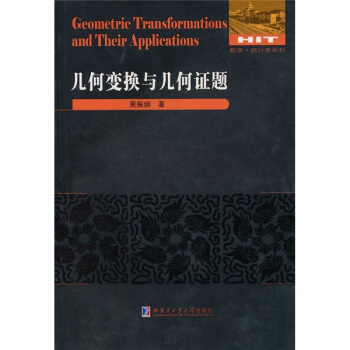

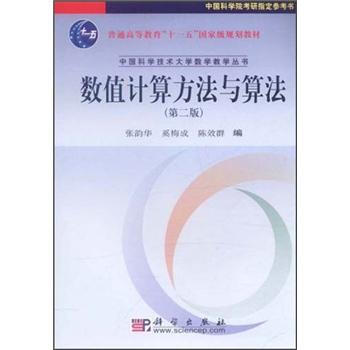
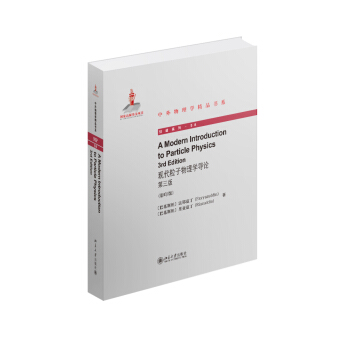
![有限群的线性表示 [Linear Representations of Finite Groups] pdf epub mobi 电子书 下载](https://pic.tinynews.org/10096494/80e66ed0-32ef-4080-b176-3087bdeabdac.jpg)
![现代数学物理方法(第2卷) [Methods of Modern Mathematical Physics II] pdf epub mobi 电子书 下载](https://pic.tinynews.org/10914333/549a7b59Nb9f42b6f.jpg)
![中外物理学精品书系·引进系列(29):等离子体光谱学导论(影印版) [Introduction to Plasma Spectroscopy] pdf epub mobi 电子书 下载](https://pic.tinynews.org/11300130/rBEhWVIUU-wIAAAAAAKp_QZeitkAACR6ACZr94AAqoV532.jpg)

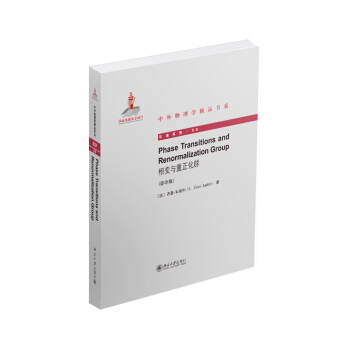
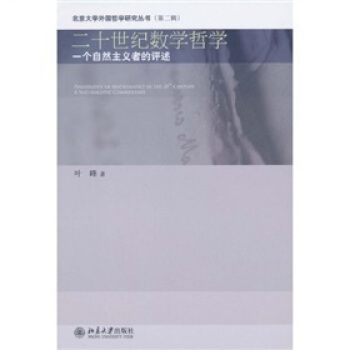
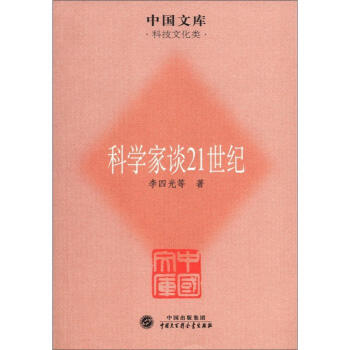
![李群论(英文版) [Theory of Lie Groups] pdf epub mobi 电子书 下载](https://pic.tinynews.org/11142975/rBEHZVDH9-YIAAAAAAb2zyD06vgAADO5gJXIjAABvbn900.jpg)

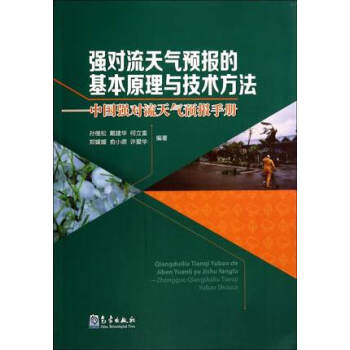
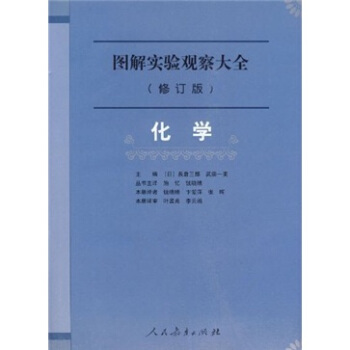
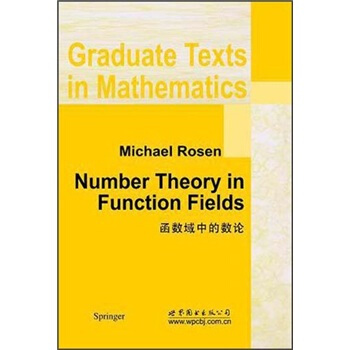

![物理学经典教材:统计力学(第2版) [Statistical Mechanics Made Simple 2nd Edition] pdf epub mobi 电子书 下载](https://pic.tinynews.org/11004216/rBEIC0_NW0EIAAAAAACQunZ2JpEAAAYvAJ-Zb8AAJDS740.jpg)
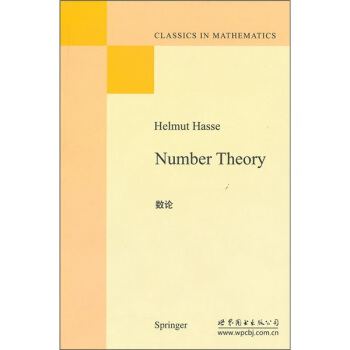
![Springer手册精选系列·晶体生长手册(第1册):晶体生长及缺陷形成概论(影印版) [Springer Handbook Crystal Growth] pdf epub mobi 电子书 下载](https://pic.tinynews.org/11179560/rBEQWVE0c8cIAAAAAAcyKDz8ZQwAABcEgFCW7YABzJA210.jpg)